Highlights:
- 5 days cycling in southern Poland and northern Slovakia
- Views for the Tatra Mountains
- Discovering 4 different ethnographic regions with strong highlander traditions
- Contacts with the local population still cultivates old traditions
- Picturesque villages, wooden architecture, highlander music
- Cycling only on asphalt routes, without technically difficult sections
- A day in Krakow, one of the most beautiful cities in Europe
- Comfortable accommodation and delicious food
Introduction
We will ride a bike through 4 historical and ethnographic regions. We start in Podhale. The Podhale is located in the northern foothills of the Tatra range, and is characterized by a rich tradition of folklore that is much romanticized in the Polish patriotic imagination. Its folklore was brought there mainly by Polish settlers from the Lesser Poland region further north and partly by Transylvanian settlers in the 14th–17th centuries during their migrations. The people in this region are particularly famous for their oscypek, a cheese made from sheep’s milk, and their music. The name Podhale literally translates as “below the mountain glen” in English. Podhale is a part of the historical province of Lesser Poland (Polish: Małopolska) with its capital in the Royal city of Krakow.
Later we reach the region of Orawa. It lies in the north-western part of Slovakia, on the border with the Poland. Region possesses almost everything a tourist may wish. The mountains ranges Malá Fatra, Chočské vrchy and above all Západné Tatry – Rohace are the paradise for hikers, cyclists and visitors. Orava also has architectural monuments in every commune. The most valuable of them is the Castle of Orava towering above the eponymous river. Samples of old popular architecture can be found in villages of Orava. They are also concentrates in the monument reserve of popular architecture in Podbiel and Open-Air Museum in Zuberec. The most important samples of old sacral architecture are wooden churches.
Third region, located in the southern foothills of the Tatras, is Liptov. Region is surrounded by the highest mountains in Slovakia. The longest Slovak river of Vah runs through Liptov and fills the important water reservoir of Liptovska Mara. Liptov is one of the most visited regions in Slovakia. Liptov has a rich tradition of folklore culture. The annual folklore festival in the village of Vychodna is the biggest folklore event in Slovakia attracting thousands of visitors from all around Europe.
End we visit the region of Spiš. This is a region in north-eastern Slovakia, with a very small area in south-eastern Poland. The region is situated in the eastern foothills of the Tatars. Many visitors consider this region the most interesting. Spiš offers the most spectacular panoramic views of the Tatras, we can find here strong folklore tradition, beautiful cities, range of Magura Spiska, medieval castles and idyllic landscapes.
Day by day:
D1: Zakopane
Arrival in Zakopane. It is the most popular mountain resort in Poland. It is known from the wooden architecture (“Zakopane Style”), highlander music and folklore, Krupowki Street with the restaurants, pubs, souvenirs, street arts. Accommodation for 2 nights in a comfortable pension in the local style. Dinner in a local restaurant.
D2: Cycling at the balcony of the Tatras
Today we have a short and easy ride at the balcony of Tatra. We take the scenic railway to Gubalowka Peak (1120m), offering great views towards the Tatra mountains. We enjoy the views and ride down through pastoral area and small villages with local architecture and interesting wooden churches. Our ride is 27 km long and end in Zakopane.
D3: Cycling to Zuberec
This day we ride to the south-west, finish is in Zuberec in Slovakia, the best city to start hike in Western Tatras. We will see few interesting places on the way. Chochołów is famous of the wooden houses in traditional highlander style. In Sucha Hora we across the border. In Oravice there are the most famous termal springs and baths in Orava. We cycle through pastoral area with the Tatras on the left. Most of route we cycle down, but we have also one big pass to ascend.
D4: Cycling through Liptov
Today we have only 30 km to ride, but the route can be exhausting. First 10 km we climb 400 metres to the Pass of Kwaczanska. The pass offers splendid views of the Tatras, Orawa and Liptov. Later we start with a crazy downhill ride (500 m on 10 km). We rae in Liptov now. Last 10 km to Liptovksi Mikulas we ride on the flat route. Liptovski Mikulas, where we spend a night, is a capital of the region Liptov
D5: High Tatras
An another hard day today. We ride uphill about 40 km from Liptovski Mikulas to the Stysrbske Pleso (Lake), the highest point of the excursion. Uphill is not steep, but is very long. But our price are the views of the Tatras – the range is very close now, and Strbske Pleso is one of the most popular destination in Slovak Tatras. We can take a deserving rest at the lake. Last kilometers is downhill ride to Stary Smokovec for a night. Stary Smokovec is the most popular tourist resort in High Tatras, the highest peaks are very close now.
D6: Return Zakopane
Last day of cycling, we are going through the region of Spisz and Podhale to Zakopane. On our left we have the peaks of High Tatras and the Bielanskie Tatras, on the right we can admire idyllic landscapes of the Magura Spiska Range, with high developed shepherds life. The most interesting place on the way is Zdiar with color wooden houses. On Łysa Polana we across the border again. We will see also beautiful wooden church in Jaszczurówka next to Zakopane.
D7: Krakow
We transfer to Krakow to enjoy a free day in this fascinating city. The Old Town was added to UNESCO’s list of World Cultural Heritage in 1978. Possible places of interest are the Krakow’s Jewish district, where the film ‘Schindler’s List’ was shot. There are also numerous churches, the castle, the market square and the university. There are also plenty of cafés and restaurants to enjoy.
D8: End of a trip













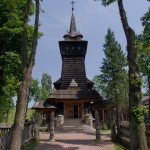
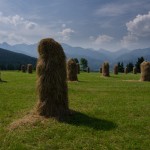

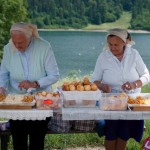
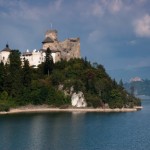
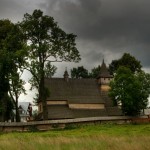
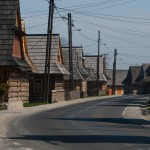


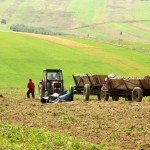
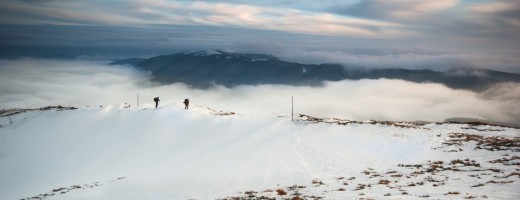



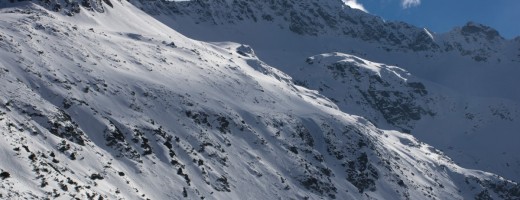
Leave a Reply